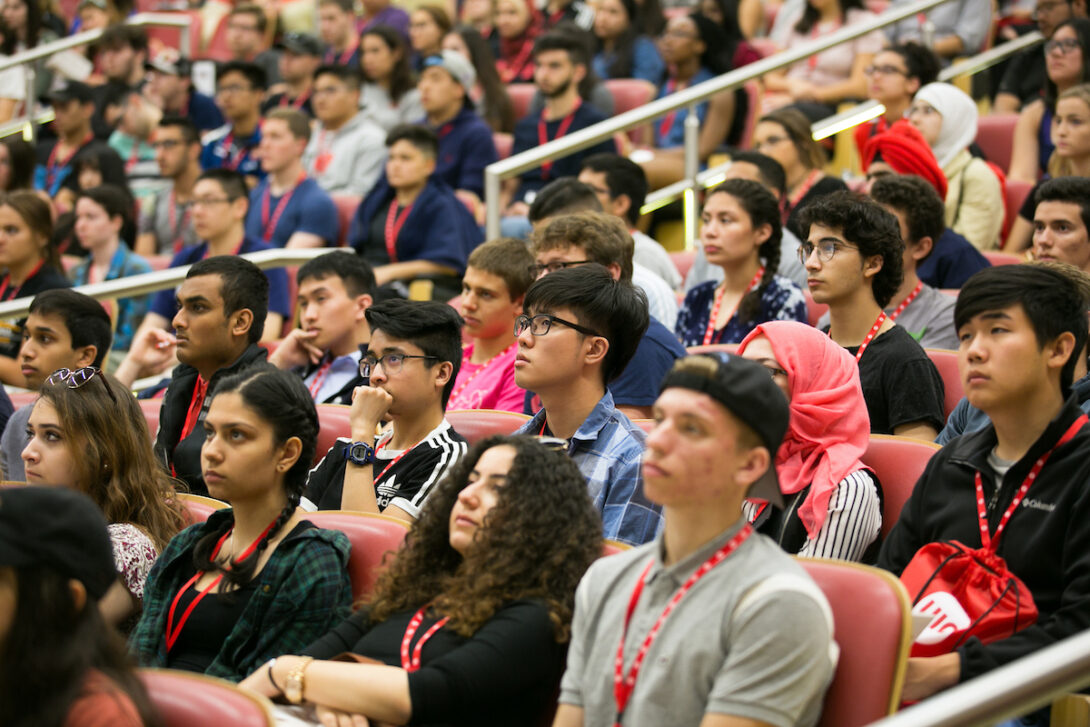Public vs Private Colleges and Universities in the U.S.
Public vs Private Colleges and Universities in the U.S.

What are the Differences between Public and Private Colleges and Universities?
In the U.S., there are both public and private universities. Choosing the best school for you is a balancing act. You need to balance things like the tuition cost against the size and degrees offered by a school.
To help you decide what type of school is best for you, in the tables below, we compare four main differences between public and private schools:
- Money
- Size
- Educational choices
- Activities
Money Issues
| Public colleges and universities | Private colleges and universities |
|---|---|
| Partially funded by the government, so might be cheaper | Funded privately, so might be more expensive |
| Tuition for international students is more than for local students. | Tuition is the same for everyone but might be more expensive than a public university |
| Are non-profit | Can be for-profit or non-profit. |
Size Issues
| Public colleges and universities | Private colleges and universities |
|---|---|
| Large and very large campuses | Smaller campuses |
| Thousands of students | Fewer students |
| Some very large class sizes | Generally smaller class sizes |
Educational Choices
| Public colleges and universities | Private colleges and universities |
|---|---|
| Many types of degrees | Fewer types of degrees |
| Many majors and fields | Fewer majors and fields |
| More competitive (harder to get into), especially for certain majors | Less competitive generally, easier to get into your major |
Activities
| Public colleges and universities | Private colleges and universities |
|---|---|
| Athletics, arts, participatory groups are more competitive | More opportunity for involvement in competitive activities |
| Hundreds of clubs and organizations | Many clubs and organizations |
Modified on November 17, 2022